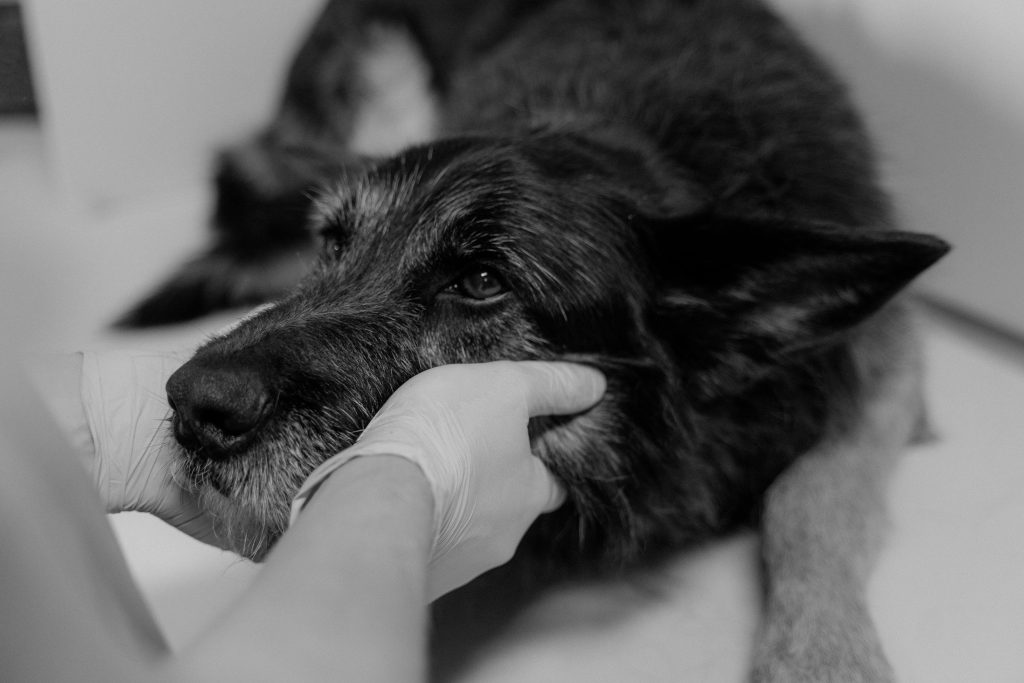Understanding the Pet Insurance Claim Process UK – 2025
Submitting a pet insurance claim can feel complicated, especially when you are already worried about your animal’s health. In 2025, most UK insurers have streamlined their systems to make claiming easier, but knowing what to expect still helps avoid delays. According to MoneyHelper, being familiar with your policy’s claim rules is essential before treatment begins. This guide explains how the pet insurance claim process works in the UK, from first vet visit to final payment.

Step-by-Step: How a Pet Insurance Claim Works
Each provider has its own forms and submission tools, but the steps are broadly similar:
- Visit the vet and get an invoice.
Ask for an itemised breakdown including diagnosis, treatment, and medication. - Complete your insurer’s claim form.
This can usually be done online or downloaded as a PDF. The vet often completes a section confirming diagnosis. - Submit supporting documents.
Attach invoices, medical notes and any pre-authorisation if required. - Pay your excess.
The excess is the part of the bill you contribute. The insurer deducts it before paying out. - Receive reimbursement.
Claims are either paid to you or directly to the vet depending on the insurer’s policy and the clinic’s arrangement.
How Long Do Pet Insurance Claims Take?
Processing time varies by insurer, but the typical timeline in 2025 looks like this:
| Insurer | Average Processing Time | Fast-Track Option |
|---|---|---|
| Petplan | 7–10 working days | Yes, direct-to-vet |
| ManyPets | 3–5 working days | Yes |
| Agria | Around 10 days | Vet portal |
| Animal Friends | 5–7 working days | Yes |
| NFU Mutual | 10–14 working days | Manual claim |
Electronic claim submissions are far quicker than postal forms. Some insurers settle same-week if all documentation is complete. The PDSA offers an informative guide that explains the process in more detail.
Direct Vet Payments vs. Owner Reimbursement
Some insurers allow direct vet payments, meaning the vet sends the claim and receives payment directly from the insurer. This reduces your out-of-pocket expense. However, not all clinics participate, and smaller or independent practices may still require you to pay first and claim back later.
Check this before treatment, especially for major surgery. If your vet does not work directly with the insurer, make sure your credit card or savings can cover the initial bill until reimbursement arrives.
Common Reasons for Delayed or Rejected Claims
Most delays occur when essential details are missing. Typical issues include:
- Missing invoices or vet signatures
- Claim form errors
- Expired time limit for submission (often 90 days from treatment)
- Policy not active on the treatment date
- Condition classed as pre-existing
- Outstanding premium payments
Keep electronic copies of invoices and clinical notes to speed up resubmissions. Some insurers now allow photo uploads via mobile apps.
Claim Limits and Policy Type Differences
The claim process also depends on your policy type:
- Accident-Only: Covers vet fees only for accidental injuries. Claims must relate to an accident event.
- Time-Limited: Pays for treatment for up to 12 months from diagnosis.
- Maximum Benefit: Has a set monetary limit per condition.
- Lifetime: Resets your vet-fee limit each policy year for ongoing conditions.
Lifetime policies are easiest for long-term illnesses, but they require continuous renewal. If a policy lapses, ongoing treatment may no longer be covered.
Excess and Co-Payment Rules
Every claim requires the policyholder to pay an excess, usually between £70 and £120. Some insurers also apply a co-payment—a fixed percentage (often 10–20%) of the remaining bill once your pet reaches a certain age.
Example:
If your vet bill is £800, your excess is £100 and your co-payment is 10%, you pay £100 + £70 = £170 total, and the insurer reimburses £630.
Understanding these details before you claim helps avoid disputes later.
How to Make Sure Your Claim Is Paid Quickly
Follow these practical tips to ensure faster processing:
- Contact your insurer before treatment if the expected cost exceeds £1,000.
- Double-check the form before submission. Missing vet signatures cause most delays.
- Use online claim portals where available; they are quicker than paper forms.
- Keep copies of all documents in case the insurer requests clarification.
- Submit claims promptly after each treatment session.
Disputes and Appeals
If your claim is reduced or refused, ask for a written explanation and a copy of your policy wording. You can then make a formal complaint to the insurer. If you are not satisfied, the Financial Ombudsman Service can review the case free of charge. Most legitimate disputes are resolved once missing paperwork or eligibility details are clarified.
Related Reading
- Is Pet Insurance Worth It UK 2025? Costs and Benefits
- How Pet Insurance Works in the UK 2025 – Policy Types, Claims and Costs Explained
- Pet Insurance Add-Ons UK 2025 – Dental, Travel and Routine Care Explained
- NFU Pet Insurance UK 2025 – Farm Dog and Equine Cover Explained
FAQs – Pet Insurance Claim Process UK 2025
How long does a pet insurance claim take in the UK?
Most insurers process claims within 7–14 working days once all documents are received. ManyPets and Animal Friends are among the fastest.
Do vets handle insurance claims for you?
Many vets do, but it depends on the practice. Always check before treatment if they accept direct insurer payments.
Can a claim be rejected?
Yes, if the condition is excluded, the policy was inactive, or the form lacks supporting documents.
Is there a time limit to submit a claim?
Usually 90 days from the treatment date, though this varies by insurer.
Can I appeal a rejected claim?
Yes. Ask the insurer to review it and, if necessary, escalate to the Financial Ombudsman Service.

Conclusion
The pet insurance claim process in the UK is straightforward once you understand each step. Most delays come from missing paperwork or uncertainty about what your policy covers. Always review your insurer’s form before treatment, keep detailed records and use online claim portals wherever possible. Doing so helps ensure faster payouts and less stress when your pet needs care the most.



